Cover Crops
All Cover Crops Content
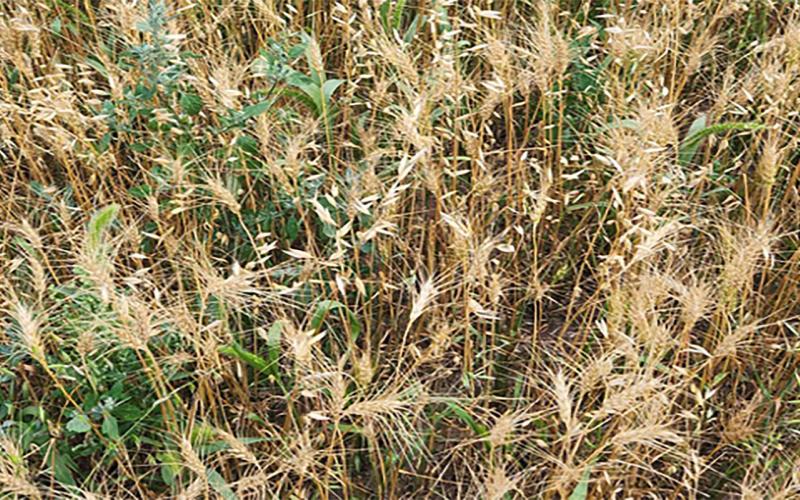
Weed Control Field Test Data
Data books to use as a reference to select appropriate herbicide(s) for row crops
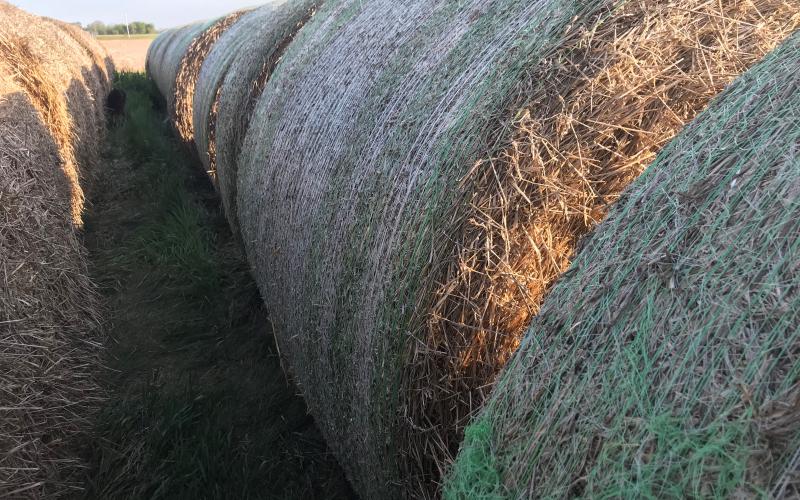
Learn about forage rye, livestock feed at Northern Plains Forage Association annual meeting
November 06, 2024
South Dakota State University Extension encourages producers to attend the Northern Plains Forage Association annual meeting and seminars, which will feature forage-related education and research.

Starter Fertilizer Calculator and Final Report
Decision aid to assist crop planners in selecting the maximum safe fertilizer rate that can be applied with the seed for various crops.

Current State of Row Crop Weed Management in South Dakota
Results of an online survey to determine how South Dakota stakeholders are currently managing row crop weeds.

SDSU Extension to host 4th annual Specialty Crop Field Day
August 28, 2024
This free, family-friendly event will feature a series of presentations and field tours related to small- to mid-scale commercial vegetable production research trials. Field tours will feature SDSU Extension research plots of cucumbers, tomatoes, melons, onions, peppers and broccolini.

SDSU Extension, SD Specialty Producers Association to host soil, cover crop field day
August 23, 2024
South Dakota State University Extension and the South Dakota Specialty Producers Association invite the public to attend a Soil Health and Cover Crop Field Day for vegetable growers.
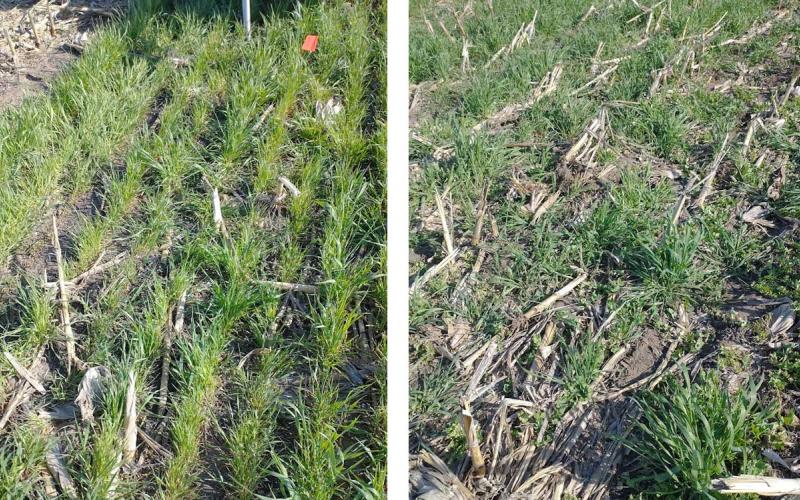
Choosing Whether to Preharvest Broadcast Vs. Post-Harvest Drill Cover Crops
Cover crops are frequently planted following the harvest of the grain commodity crops. A decision for producers to make is to whether to preharvest broadcast or postharvest drill the cover crop.
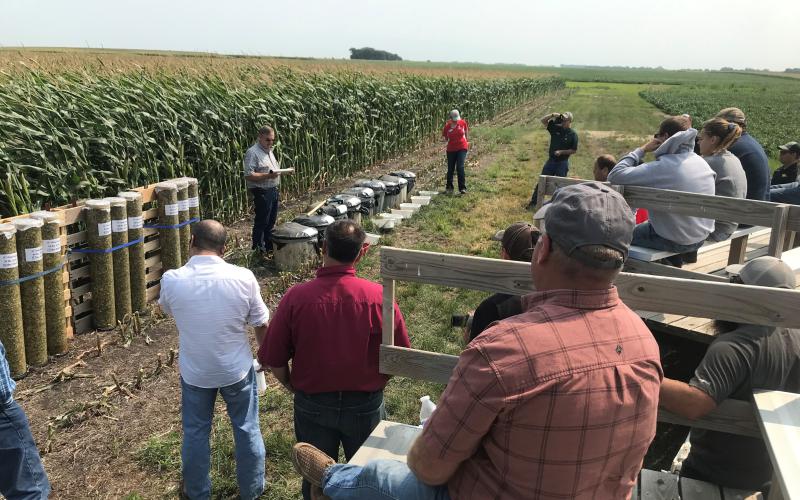
SDSU Extension co-hosting virtual Forage Field Day
August 02, 2024
Forage Field Day brings together experts, producers, and industry professionals to provide panel discussions and presentations on forage-related topics. Originally scheduled to be held in Concord, Nebraska, event organizers moved to a virtual-only event to accommodate a wider audience.

SDSU Extension, Southeast Research Farm to host organic field day
July 26, 2024
South Dakota State University Extension and the SDSU Southeast Research Farm invite anyone interested in growing organic vegetables and field crops to an educational, hands-on field day.
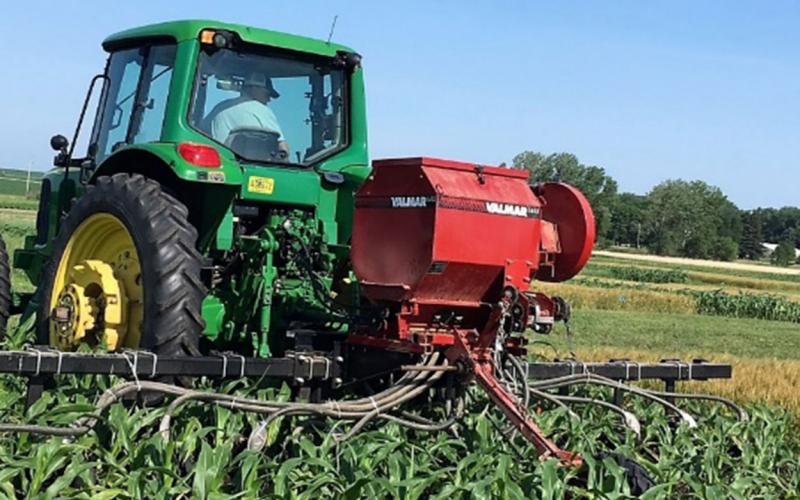
Cover Crops in Modern Agriculture
Fact sheet on cover crops in modern agriculture.